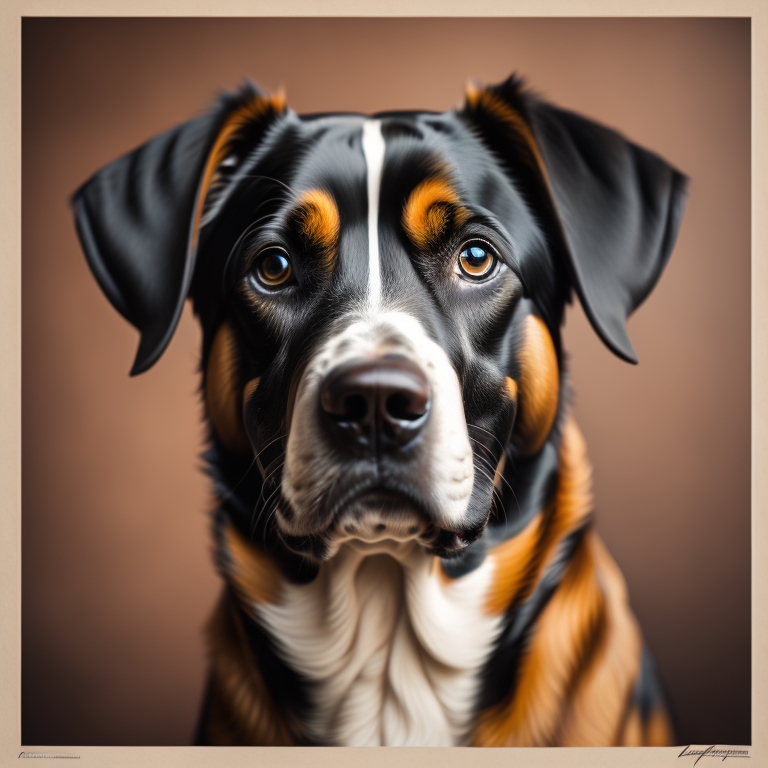Introduction:
Grooming plays a vital role in maintaining the health, hygiene, and overall appearance of your dog. Each dog breed has unique grooming needs, which require specific techniques and tools for optimal results. In this comprehensive article, we will delve into the art of dog grooming, providing valuable tips and techniques to help you keep your furry friend looking and feeling their best. Whether you have a long-haired breed or a short-haired companion, understanding the grooming requirements specific to their breed will empower you to create a grooming routine that enhances their well-being.
Understanding Dog Grooming Needs by Breed:
1. Long-Haired Breeds: Long-haired breeds, such as Shih Tzus, Poodles, and Yorkshire Terriers, require regular brushing to prevent matting and tangling of their fur. Professional grooming sessions may be necessary to maintain their coat's length and texture, which often involves trimming and shaping.
2. Short-Haired Breeds: Short-haired breeds, such as Boxers, Dalmatians, and Beagles, benefit from regular brushing to minimize shedding and maintain a healthy coat. Additionally, periodic baths and nail trims help keep their skin and paws in optimal condition.
3. Double-Coated Breeds: Breeds with double coats, like Golden Retrievers, Huskies, and German Shepherds, have a dense undercoat beneath a longer outer coat. These breeds require regular brushing to remove loose hair and prevent matting. During shedding seasons, more frequent brushing is necessary to manage excessive shedding.
4. Wire-Haired Breeds: Wire-haired breeds, such as Wire Fox Terriers, Schnauzers, and Airedales, have coarse, wiry fur that requires hand-stripping or professional grooming techniques to maintain their characteristic texture. Regular brushing helps prevent matting and removes debris from their coat.
Grooming Tips and Techniques:
1. Brushing: Invest in high-quality grooming tools, such as slicker brushes or bristle brushes, suitable for your dog's coat type. Regular brushing helps remove loose hair, prevents matting, and stimulates the skin. Take care to be gentle and avoid causing discomfort to your dog during the brushing process.
2. Bathing: Use a dog-specific shampoo and follow the recommended bathing frequency for your dog's breed. Be mindful of their skin sensitivity and ensure the water temperature is comfortable. Thoroughly rinse your dog's coat to remove all shampoo residue, and gently dry them afterward.
3. Nail Care: Trim your dog's nails regularly using appropriate nail clippers designed for dogs. Be cautious not to cut too close to the quick, which can cause bleeding and discomfort. If you're unsure, consult a professional groomer or veterinarian for guidance.
4. Ear Cleaning: Clean your dog's ears regularly with a gentle, dog-specific ear cleaning solution and cotton pads. Take care not to insert anything deep into the ear canal, and be mindful of any signs of irritation or infection, such as redness, odor, or excessive wax buildup. Consult your veterinarian if you notice any concerning symptoms.
FAQ: Dog Grooming Tips and Techniques for Different Breeds
Q: How often should I groom my dog?
A: The grooming frequency varies based on your dog's breed, coat type, and individual needs. Generally, regular brushing is recommended at least once a week for most breeds, while professional grooming sessions may be necessary every 4-8 weeks for certain breeds requiring more intensive care.
Q: Can I groom my dog at home, or should I seek professional grooming services?
A: Basic grooming tasks, such as brushing and regular bathing, can be done at home. However, for breeds with specific grooming needs or if
you're unsure about handling certain techniques, seeking professional grooming services is recommended to ensure proper care and prevent any accidental injuries.
Q: Are there any specific grooming tools I should have for my dog?
A: Grooming tools vary depending on your dog's breed and coat type. Essential tools include brushes, combs, nail clippers, and ear cleaning solutions. Research the specific grooming needs of your dog's breed to determine any additional tools that may be necessary.
Q: My dog is fearful or anxious during grooming sessions. What can I do?
A: Gradual desensitization and positive reinforcement techniques can help alleviate fear or anxiety associated with grooming. Start with short, positive grooming experiences and gradually increase the duration as your dog becomes more comfortable. Reward them with treats and praise to create positive associations with grooming.
Conclusion:
Proper grooming is crucial for maintaining the health, comfort, and appearance of your dog. Understanding the specific grooming needs of your dog's breed empowers you to implement effective grooming techniques and tools. Whether you have a long-haired breed requiring regular brushing or a wire-haired breed needing specialized grooming methods, a consistent grooming routine ensures your furry friend looks their best and enjoys optimal well-being. Remember, patience, gentle handling, and positive reinforcement are key to creating a positive grooming experience for your beloved canine companion.


